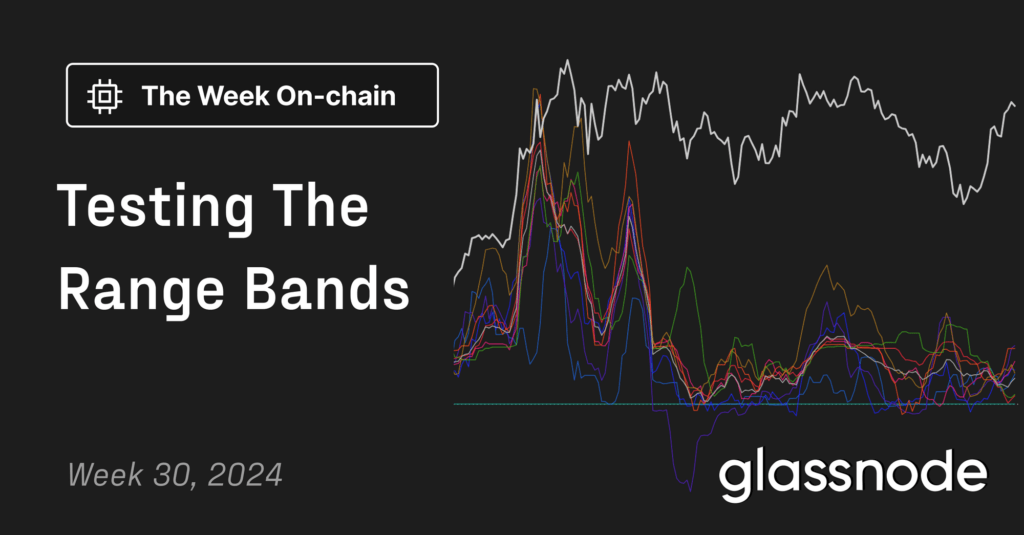Podcast Summary
This episode features guest Sam Hammond, who discusses the intersection of technology, specifically crypto and AI, with societal structures. The conversation explores how these technologies could reshape society and the implications for nation-states. The episode delves into the current resistance to crypto in the US, the world’s response to AI, and the potential future of countries that embrace these technologies. The concept of “eak” (Effective accelerationism), representing techno-optimism and the drive to accelerate technical progress, is also introduced.
Key Takeaways
Resistance to Crypto and AI
- US’s Shift in Tech Stance: The podcast discusses the surprising shift in the US’s stance from being pro-tech and pro-internet to being anti-crypto and anti-AI. This resistance is attributed to the fear of change and the threat these technologies pose to existing institutions and ways of doing business.
- Historical Precedence: The episode draws parallels between the current tension between technology and institutions and the impact of the printing press on society. It raises the question of whether existing institutions can evolve with technology or if new institutions need to be created to adapt to the digital age.
Technological Impact on Society
- Double-edged Nature of Technology: The podcast emphasizes that technology, particularly AI, is double-edged, affecting the essence of being human. It can lead to both freedom and government surveillance, and how we adapt to it is an open question.
- Voluntary Restraint and Responsible Introduction: The episode argues for voluntary restraint and responsible introduction of technology to prevent backlash and negative consequences. It suggests shifting the focus from stopping technology to preparing for its impact.
Future Predictions
- Post-Internet Operating System: The podcast discusses the need for a post-internet operating system for countries, like Estonia’s government as a service model. It also introduces the concept of thinking of nation states as a tech stack or operating system in the post-internet world.
- AI and Crypto’s Potential: The guest believes that the combination of AI and crypto has the potential to bring about the desired changes and unlock new forms of collective action. He also provides concrete predictions for the next two decades, including the future of the US and countries that embrace internet technologies.
Regulation and Control
- AI Safety Concerns: The podcast discusses President Biden’s executive order on the safe, secure, and trustworthy artificial intelligence (AI), which has implications for the crypto industry. The order reflects the government’s focus on core AI safety concerns and the need to prevent foreign agents from accessing advanced compute infrastructure.
- Surveillance and Control: The episode raises concerns about the potential power and control of AI, comparing it to the internet in the 90s. It discusses the potential for AI to be used by nation-states to control information flow and surveillance, and the paradoxical effect of greater transparency leading to people turning inward and becoming more surveillant of each other.
Sentiment Analysis
- Bullish: The podcast expresses a bullish sentiment towards the potential of AI and crypto to reshape society and institutions. The guest is optimistic about the future of countries that embrace these technologies and the potential for AI and crypto to unlock new forms of collective action.
- Bearish: The episode also expresses a bearish sentiment towards the current resistance to crypto and AI in the US and the potential negative consequences of these technologies. It raises concerns about the potential power and control of AI and the need for careful regulation and control over AI systems.
- Neutral: The podcast maintains a neutral stance on the future implications of AI and crypto, acknowledging the difficulty of predicting specific outcomes. It emphasizes the need for a balanced perspective on whether technology is good, bad, or neutral, and the importance of considering second-order effects.











